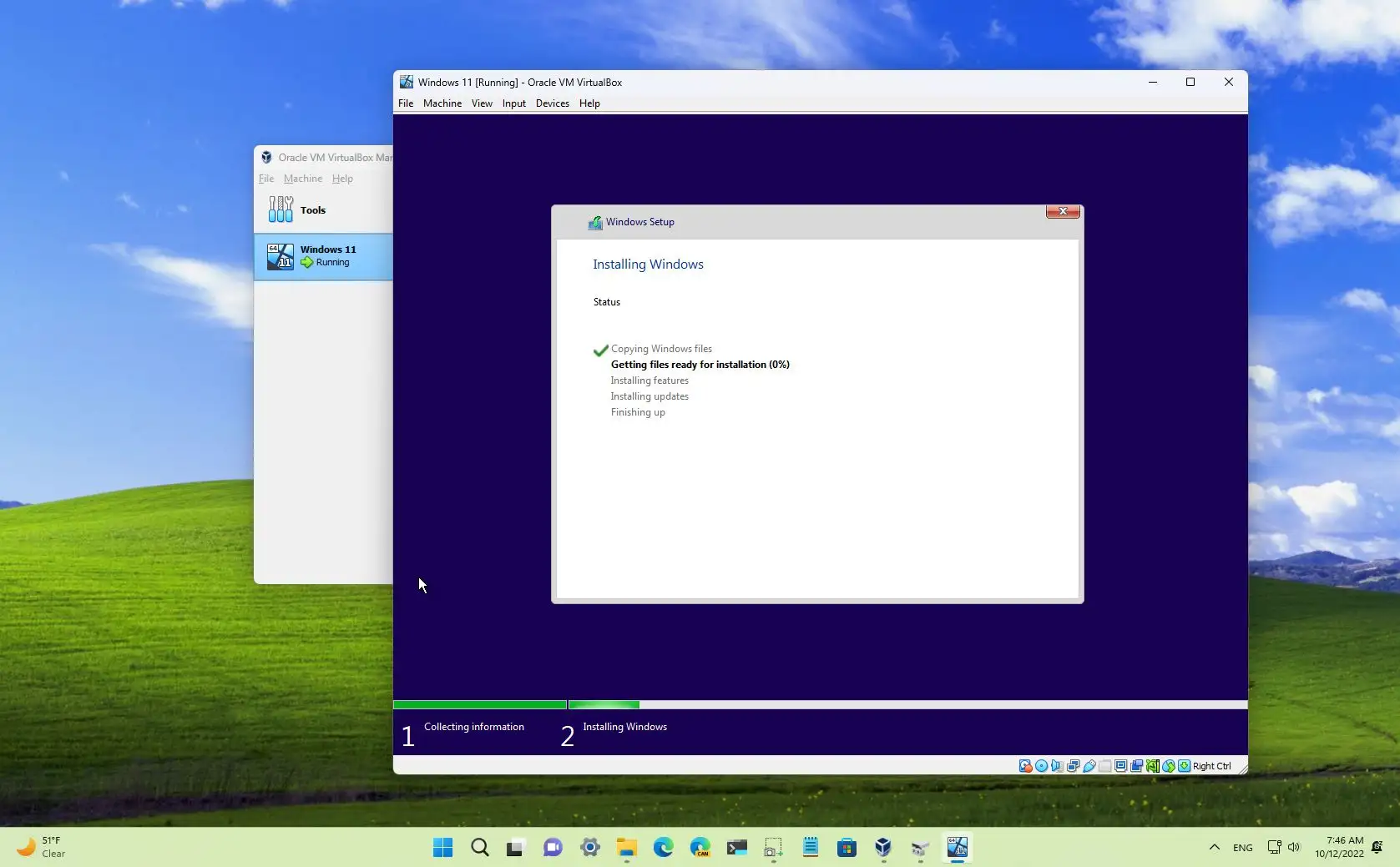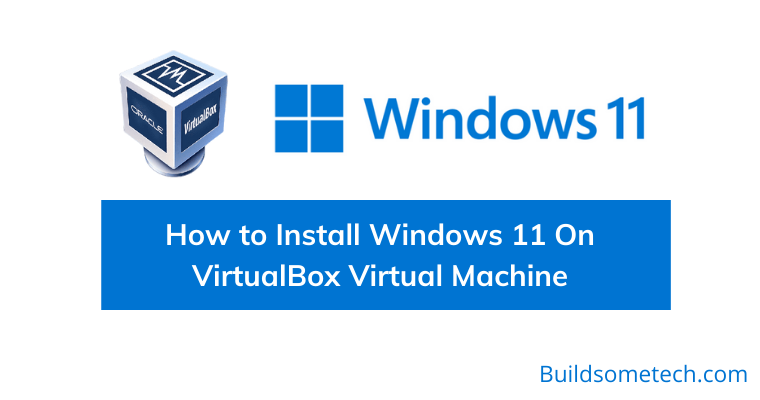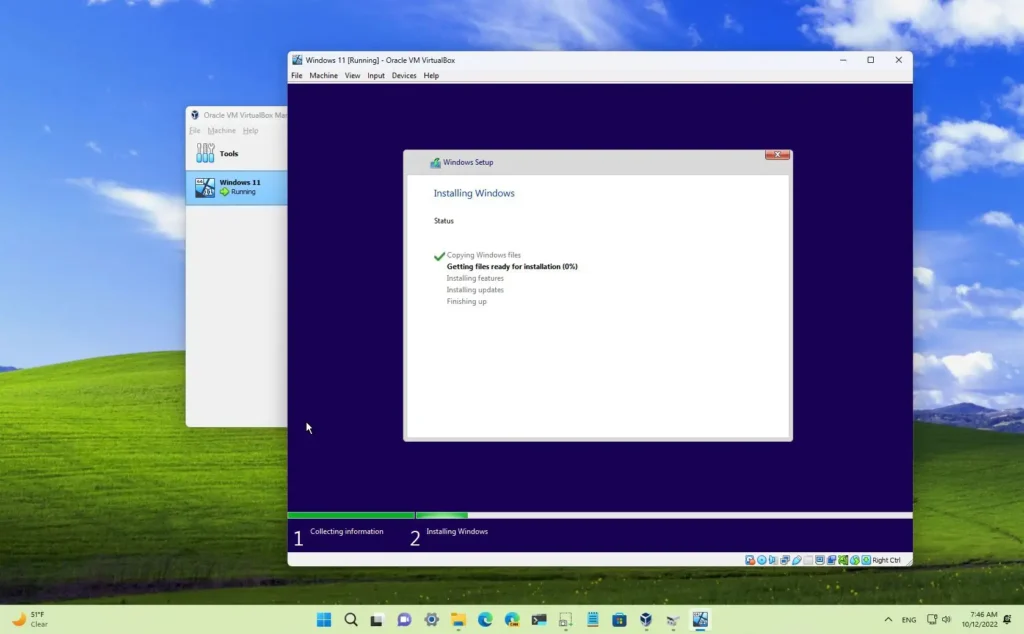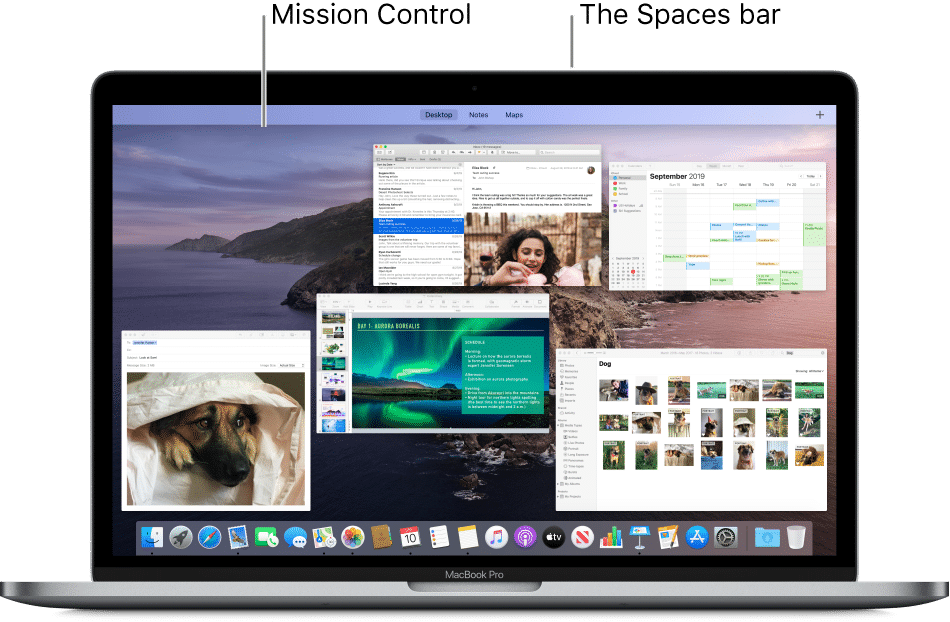
After almost four years, Oracle has released VirtualBox’s latest major update, Version 7.0. This release brings support for TPM and Secure Boot, enabling Windows 11 installation without TPM or Secure Boot checks. While Hyper-V allows Windows 11 virtualization, VirtualBox offers extensive options, including UEFI and resource allocation. If you seek to install Windows 11 on VirtualBox without TPM and Secure Boot constraints, follow this guide.
Installation Steps for Windows 11 on VirtualBox (2022)
Below are the steps to enable virtualization, create a Windows 11 virtual machine, and install Windows 11 on VirtualBox 7.0:
Enable Virtualization on Windows 11
1. To install Windows 11 on VirtualBox, enter the BIOS/UEFI on your Windows 11 PC and enable Virtualization. Restart your computer and boot into BIOS or UEFI. The boot key is usually F10 or F9 but may vary depending on the PC manufacturer. If unsure, find the boot key for your motherboard or laptop manufacturer online or refer to the attached list.
2. Generally, locate the “Virtualization” option in the System Configuration or Advanced tab in the BIOS. Enable the feature, save the changes, and restart your computer to enable virtualization.
Create a Windows 11 VM on VirtualBox
1. First, download VirtualBox 7.0 for Windows from its official website. The setup executable is only around 100MB in size. Run the EXE file and install VirtualBox 7.0 on your Windows 11 PC.
3. Once installation is complete, open VirtualBox and click “New”.
4. Set a name for your Windows 11 virtual machine. I have named it “Windows 11”.
5. Under “ISO Image,” select the Windows 11 ISO image you downloaded. To learn how to download Windows 11 officially for free, refer to our guide linked here. Enable the “Skip Unattended Installation” checkbox and click “Next.”

6. Allocate the required RAM for your Windows 11 VirtualBox installation. As per Windows 11’s minimum requirement, assign at least 4GB of RAM. For CPU count, assign 2 or more cores, depending on your hardware. Turn on the “Enable EFI (special OSes only)” checkbox.
7. Select “Create a Virtual Hard Disk Now” and allocate at least 64GB of storage. Assign more if you have additional disk space.
8. Click “Finish“. You are almost ready to install Windows 11 on VirtualBox.
Installing Windows 11 on VirtualBox
After creating the virtual machine, proceed with the Windows 11 installation:
1. In VirtualBox Manager, select Start -> Normal Start.
2. The Windows 11 installer will promptly appear. Proceed with the installation as usual.
3. Notice the absence of TPM or Secure Boot errors during VM installation. Complete the OOBE setup, then you’re set. To establish a local account on Windows 11 during installation (for both Home and Pro editions), refer to our linked guide.
Note: VirtualBox 7.0 now supports virtualization for TPM 1.2 and 2.0, as well as Secure Boot, simplifying installation. However, older versions may require workarounds to bypass these requirements when installing Windows 11.
Installing Windows 11 on VirtualBox: Bypassing TPM and Secure Boot
Here are the steps to install Windows 11 on VirtualBox without the need for workarounds to bypass TPM or Secure Boot requirements. With VirtualBox 7.0, Registry hacks or other workarounds are unnecessary. If you’re exploring alternatives to VirtualBox, check out our comprehensive guide. Additionally, for running an Android VM on VirtualBox, refer to our detailed instructions. Feel free to ask any questions in the comments below.

Pritam Chopra is a seasoned IT professional and a passionate blogger hailing from the dynamic realm of technology. With an insatiable curiosity for all things tech-related, Pritam has dedicated himself to exploring and unraveling the intricacies of the digital world.



